
Hi, and welcome to this Mometrix video on major regional Native American groups. This overview provides a brief look at seven tribes, their culture, and their lifestyle.
The Algonquians
Let’s start with one of the largest Native American groups, the Algonquians.
The Algonquians were one of the most populous people in North America. The group had hundreds of tribes stretching from Canada to the states, living between the Atlantic Ocean and the Rocky Mountains.
The colder northern climate made growing crops difficult, so the Algonquians hunted and fished. They moved their camps based on weather patterns, so they could find wild rice, berries, and other vegetation during the warmer months. They used canoes and traveled on foot during warm weather, and used snowshoes and toboggans in the winter.
The men were the head of the tribes and families, with sons inheriting hunting territory from their fathers. Archeological information shows the people lived in Canada 8,000 years before Europeans colonized America. Today, roughly 8,000 Algonquians live in Canada.
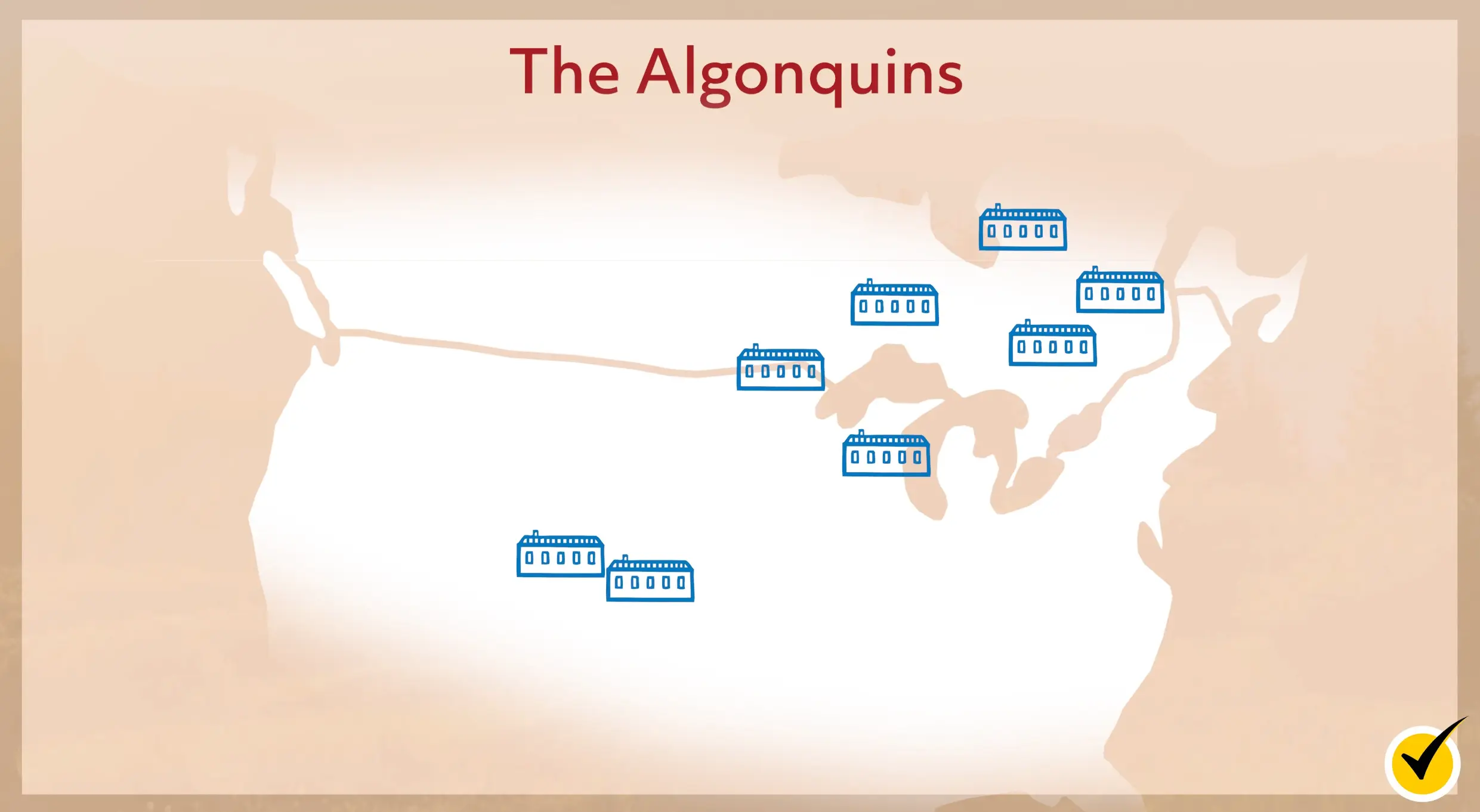
The Iroquois Confederacy
For 4,000 years, the Iroquois have lived in Ontario and New York. The Iroquois are not a single tribe. It’s actually a league or confederacy of tribes. The Iroquois consisted of five tribes (with another tribe joining in 1722) with an advanced society and government.
The Cayuga, Onondaga, Mohawk, Seneca, and Oneida tribes each had a leader, the chief, who served on the confederacy’s five-member council. They were so well-governed the British called the Confederacy, “The Five Nations.” The tribes were hunter-gatherers, with all the duties of farming performed by women.
They believed in an omniscient “Great Spirit”, held festivals throughout the year, and made pottery, clay bowls, and pipes. Today, there are about 125,000 Iroquois in North America.
While the Algonquians and the Iroquois made the northeast their home, other tribes resided in the plains.
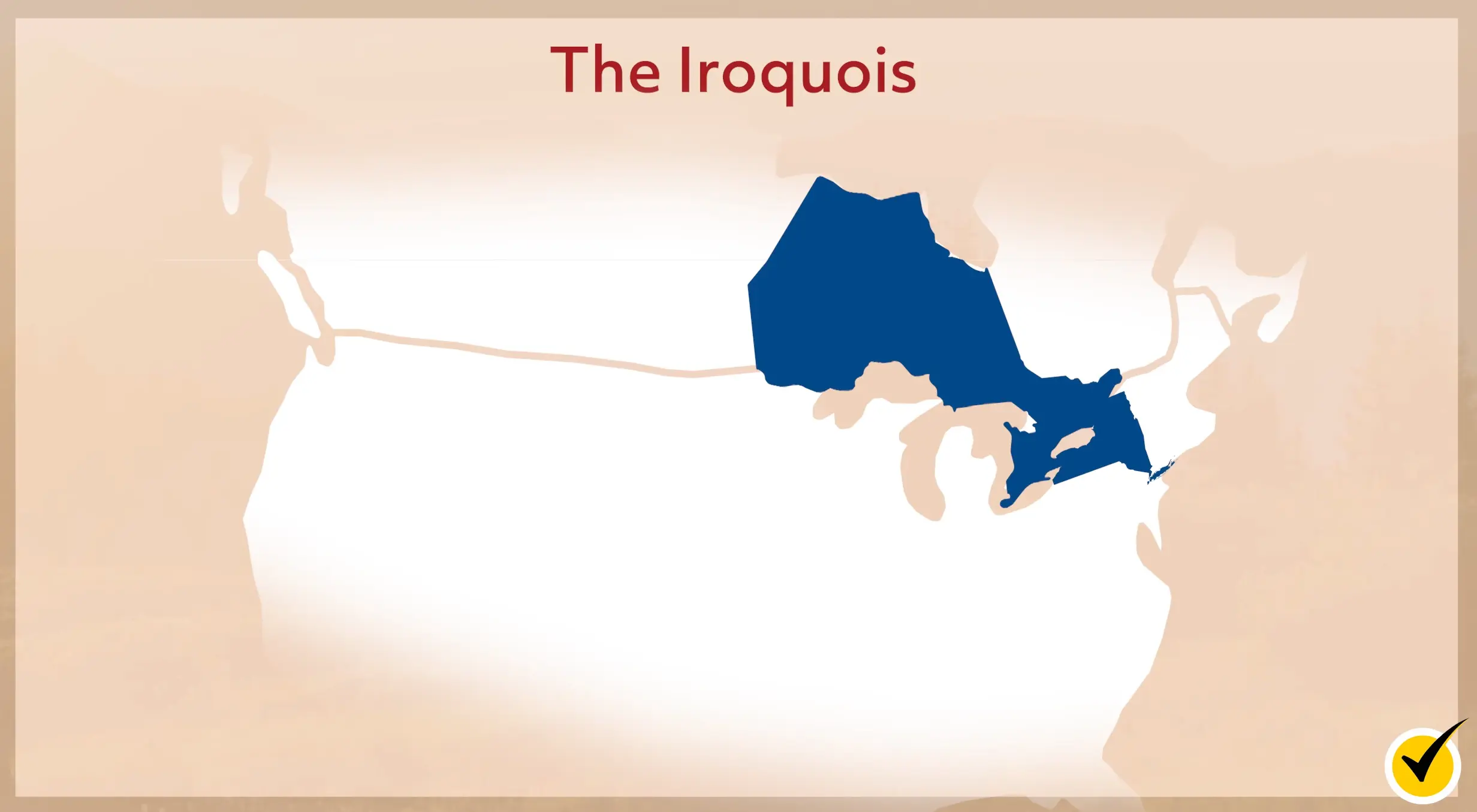
Plains Tribes
The Plains tribes claimed an area from the Mississippi River to the Rocky Mountains, covering parts of present-day Alberta and Saskatchewan as well as parts of Texas. Dozens of indigenous people made up this nomadic tribe, including the Sioux, Cheyenne, Comanche, and Blackfoot.
Plains tribes followed the migration patterns of buffalo, which they hunted for food and used their skins to make clothes and everyday items. They lived in teepees, which were easy to assemble and disassemble. The tribes were known for their use of horses, which helped to transport goods.
The Plains Tribes soon learned to use these fast, mobile horses in war, riding quickly while shooting from guns they obtained in trade. Horses became a symbol of prosperity, as the most well-off families had the most horses. Horse raids became popular as the animals climbed in value. Plains tribes resisted the demands of colonists as they moved west, and were among the last indigenous peoples to engage in skirmishes with settlers.
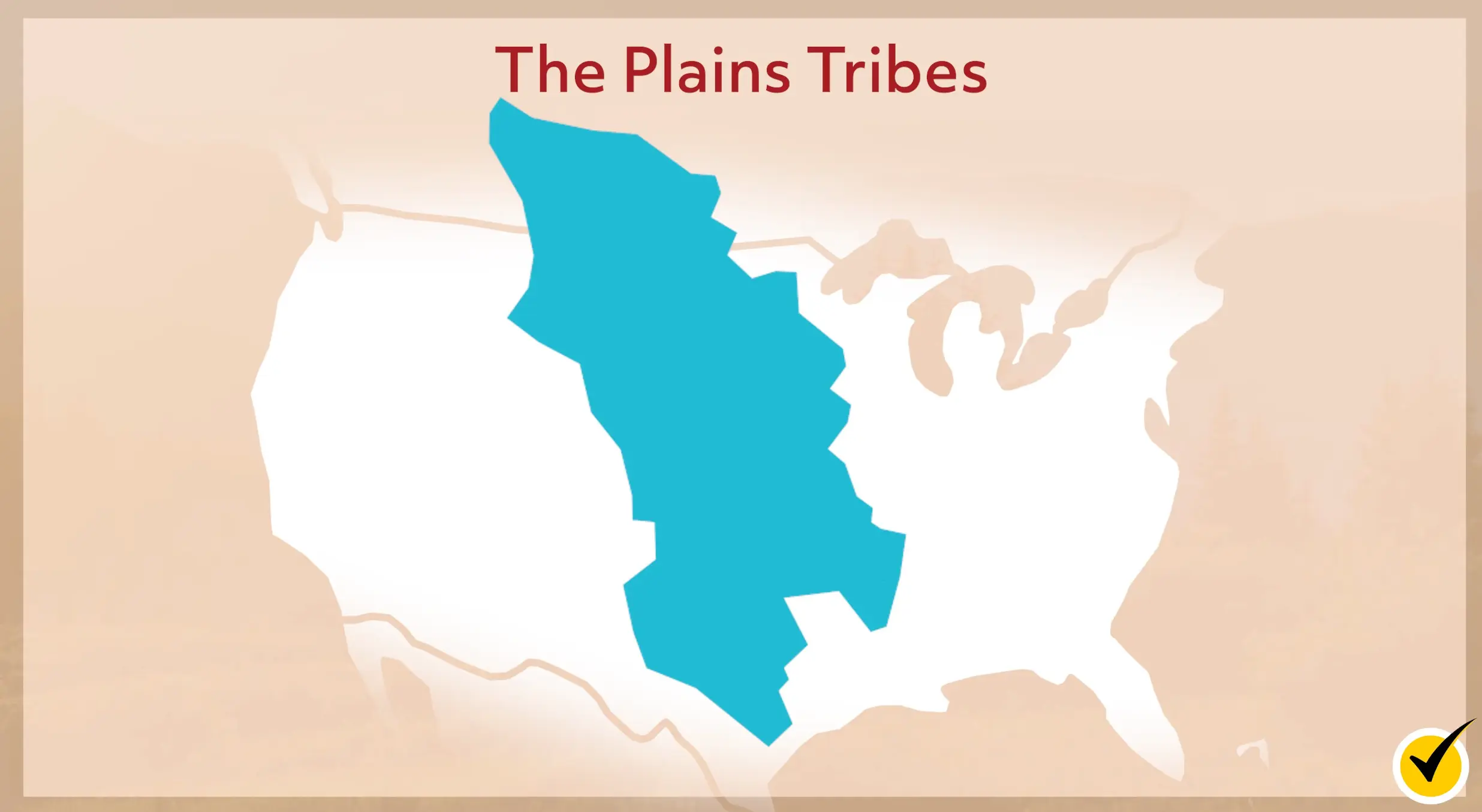
Pueblo Tribes
To the south of the Plains tribes, in northeastern Arizona and northwestern New Mexico, the Pueblo tribes resided. These Native Americans received their name from Spanish explorers who discovered towns with structures made of materials like adobe and stone and called them pueblos, which means villages in Spanish.
The culture dates back to the 10th century, and by the 11th century, they were building villages with structures as tall as five-stories high that could hold as many as 1,000 people. The tribes, including the Zuni, Hopi, and Acoma, weaved their own clothes and made exquisite pottery. The Pueblo tribes adopted some Catholic principles after coming in contact with the Spanish.
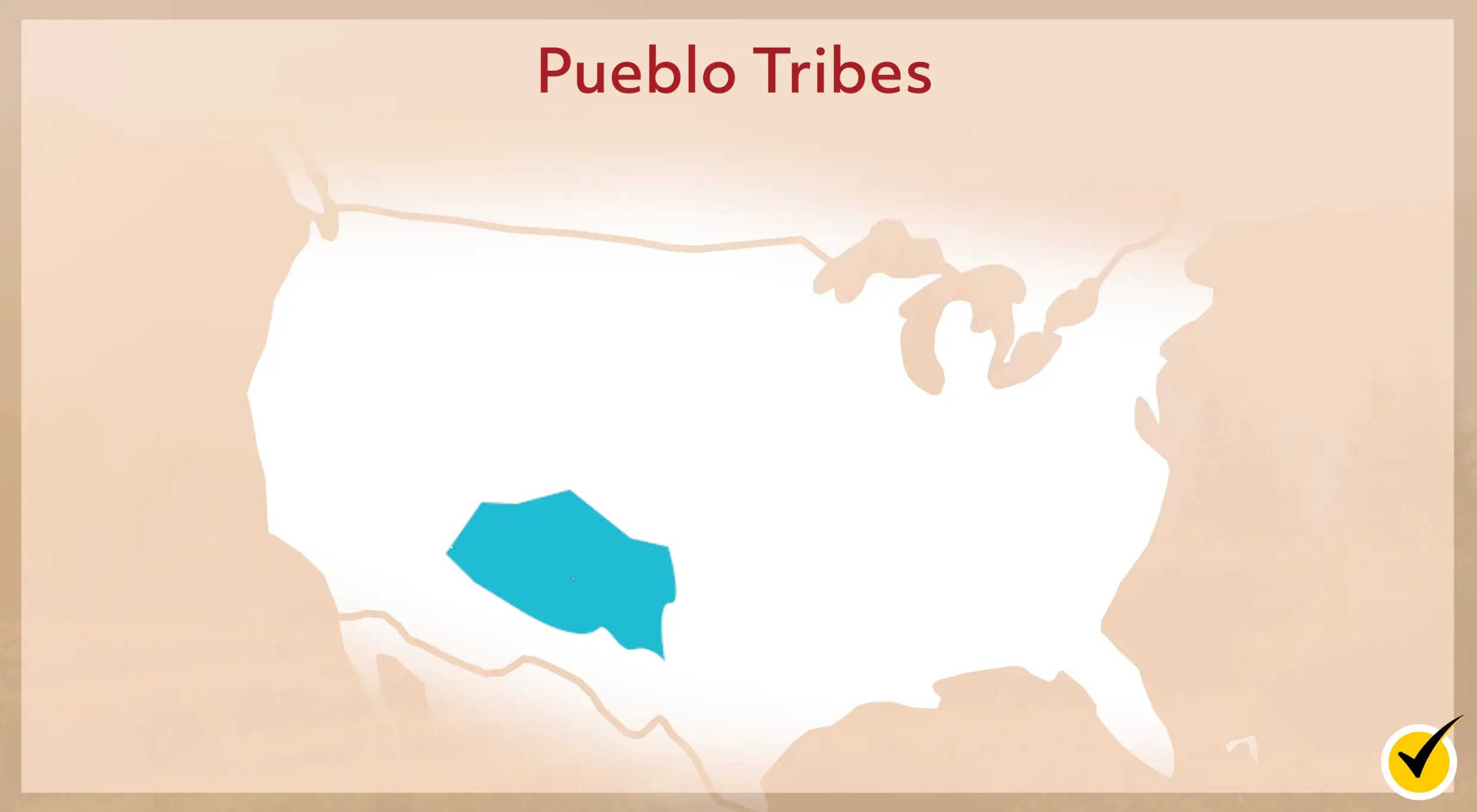
Pacific Coast Tribes
Further west, the tribes of the Pacific coast included the Tlingit, Chinook, and Salish. These tribes spoke several different languages and maintained different cultures and political systems. They lived in British Columbia in Canada and extended south through Alaska, Washington, Oregon, and what is now northern California. Roughly 20 tribes in total called this area home.
The moderate temperature—rarely hot, rarely below freezing—made this prime land for trees and indigenous animals. This hunter-gatherer culture made outstanding use of the waters, which is why fish was such a large part of their diet.
These tribes did most of the food gathering in the warm weather months and in the winter, settled into their large-structure village. The people were outstanding woodworkers, taking advantage of the trees in the abundant forests. These tribes shared some religious beliefs, including that salmon would reincarnate after being caught.
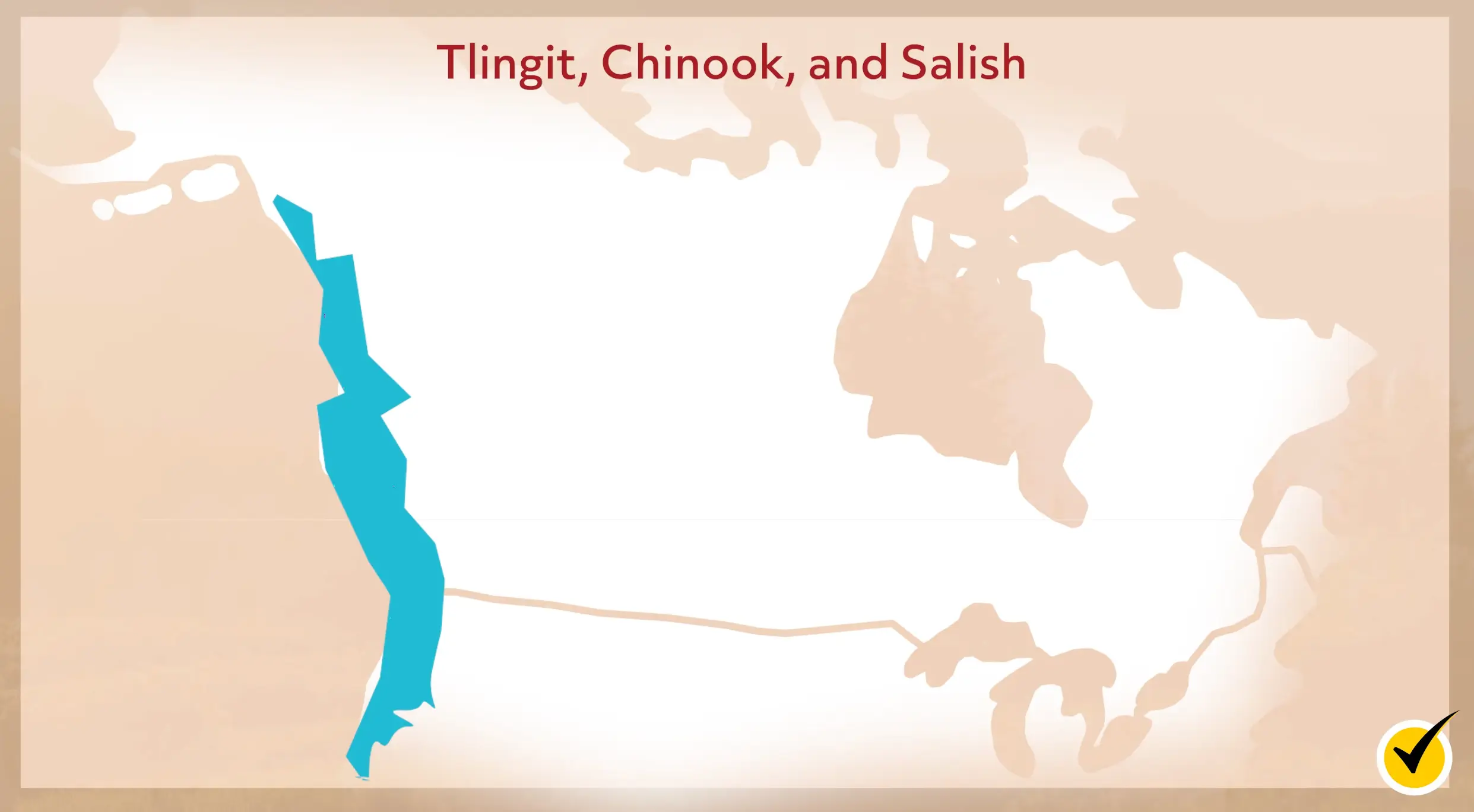
The Aleut Tribe
The Aleutian Islands, which sit between Alaska and Russia, is where you’ll find the Aleut Tribe, a culture that dates back to 2000 BC (about the time of the Stone Age). This tribe is closely related to Eskimos, in culture and language.
They lived near the seashore with easy access to fish. These hunter-gatherers also harvested caribou, moose, and other animals, sometimes preserving the meat for later consumption. Tattoos, piercings, and other body art denoted accomplishments but also warded off evil spirits. The Aleut’s lived in one of the world’s harshest climates, and they adapted by using the skins of local mammals and other wildlife to made parkas and other warm clothing. About 15,000 Aleuts remain today.
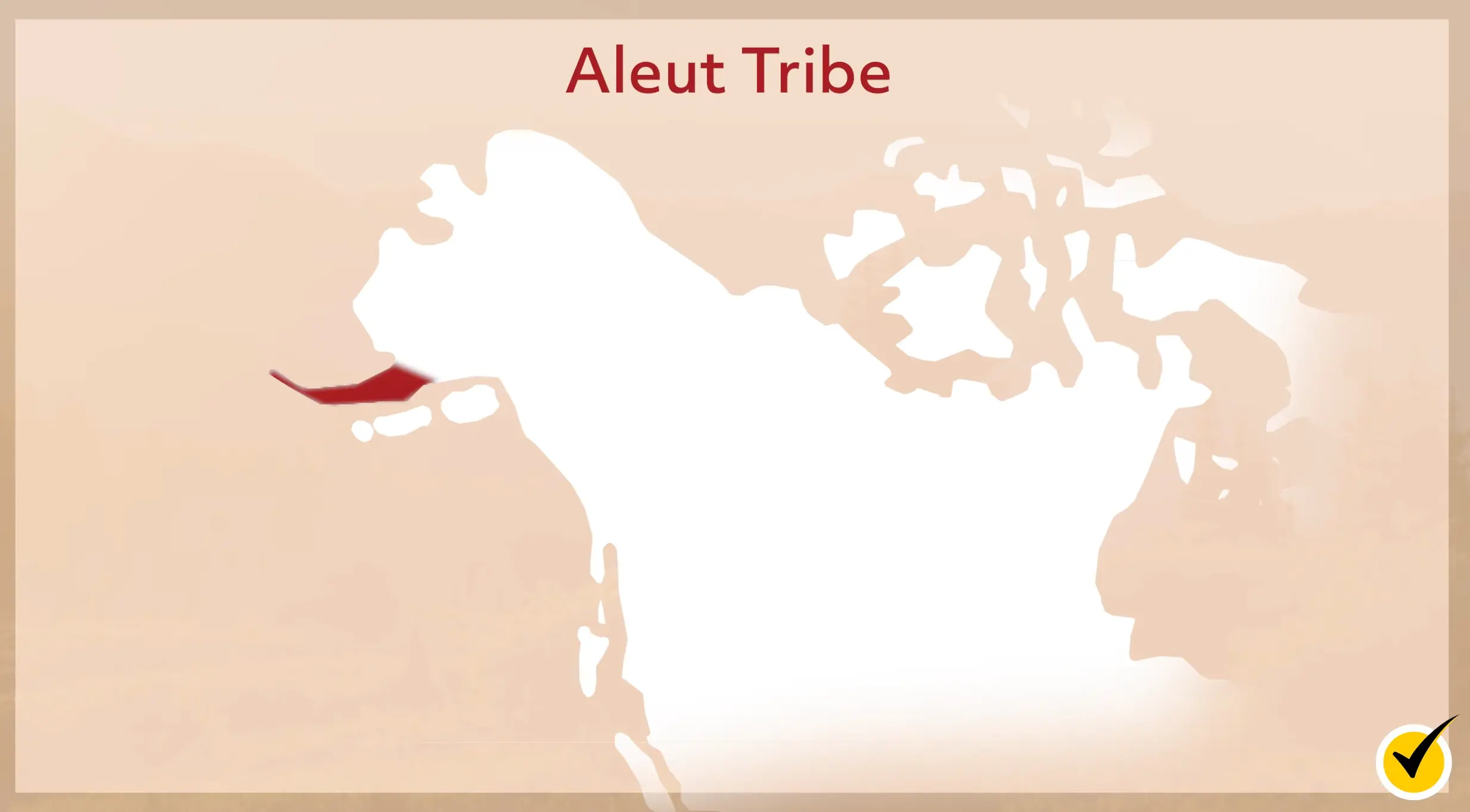
The Inuit
The Aleut wasn’t the only tribe that lived in harsh conditions. The Inuit lived in northern Canada, Alaska, Greenland, and Siberia, and their descendants arrived in western Alaska in about 1000 AD.
The tribe spoke several different languages and, in Canada, were divided into at least eight different groups. The tribe hunted and fished, cultivating walrus, seal, polar bears, and other animals, a diet very high in protein and fat. They built small boats covered in seal skins and used dogs and sleds for transportation across the frozen landscape.
In the Inuit culture, the men hunt and fish while women take care of the home and children. Today, there are nearly 150,000 Inuit.
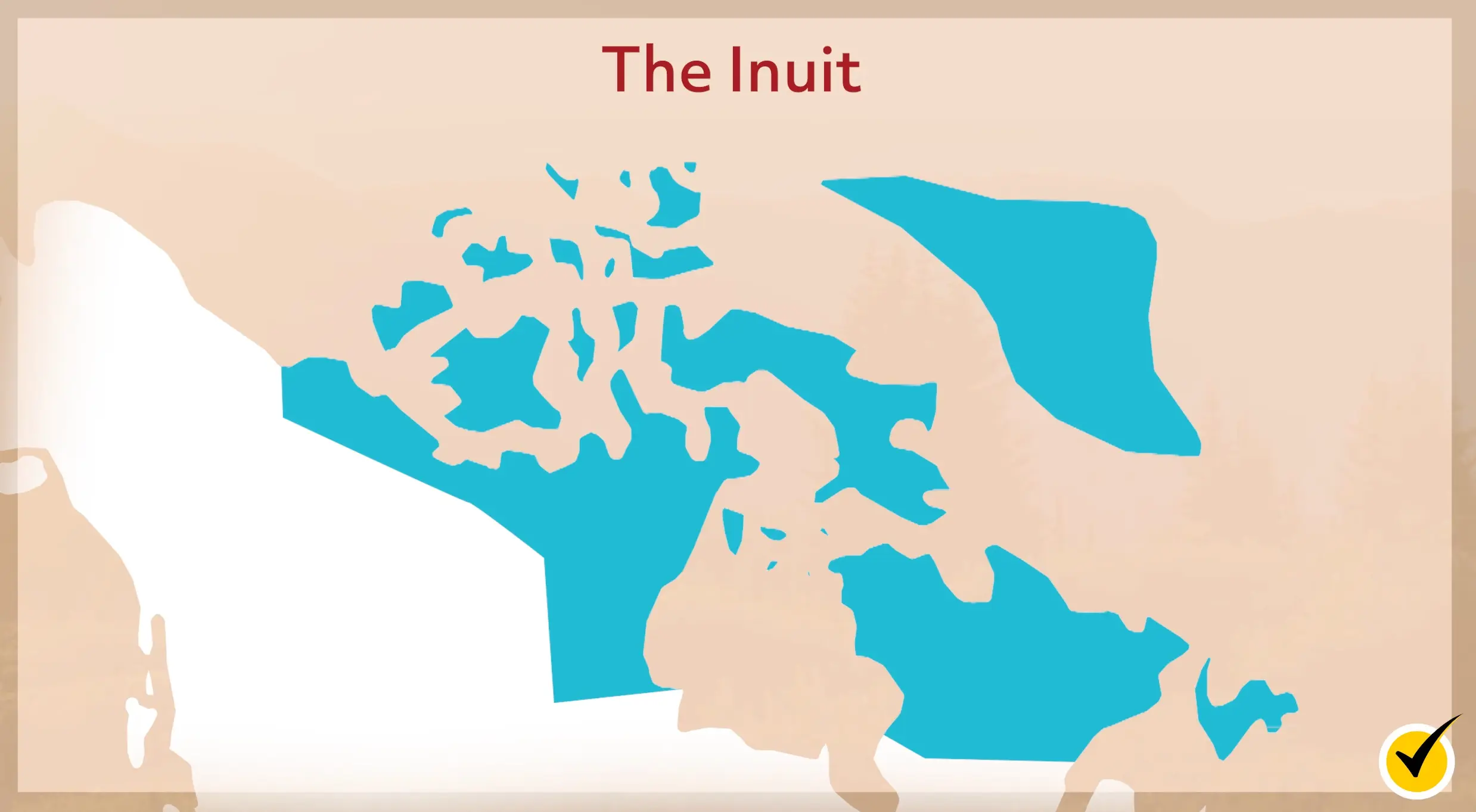
Thanks for watching and happy studying!
